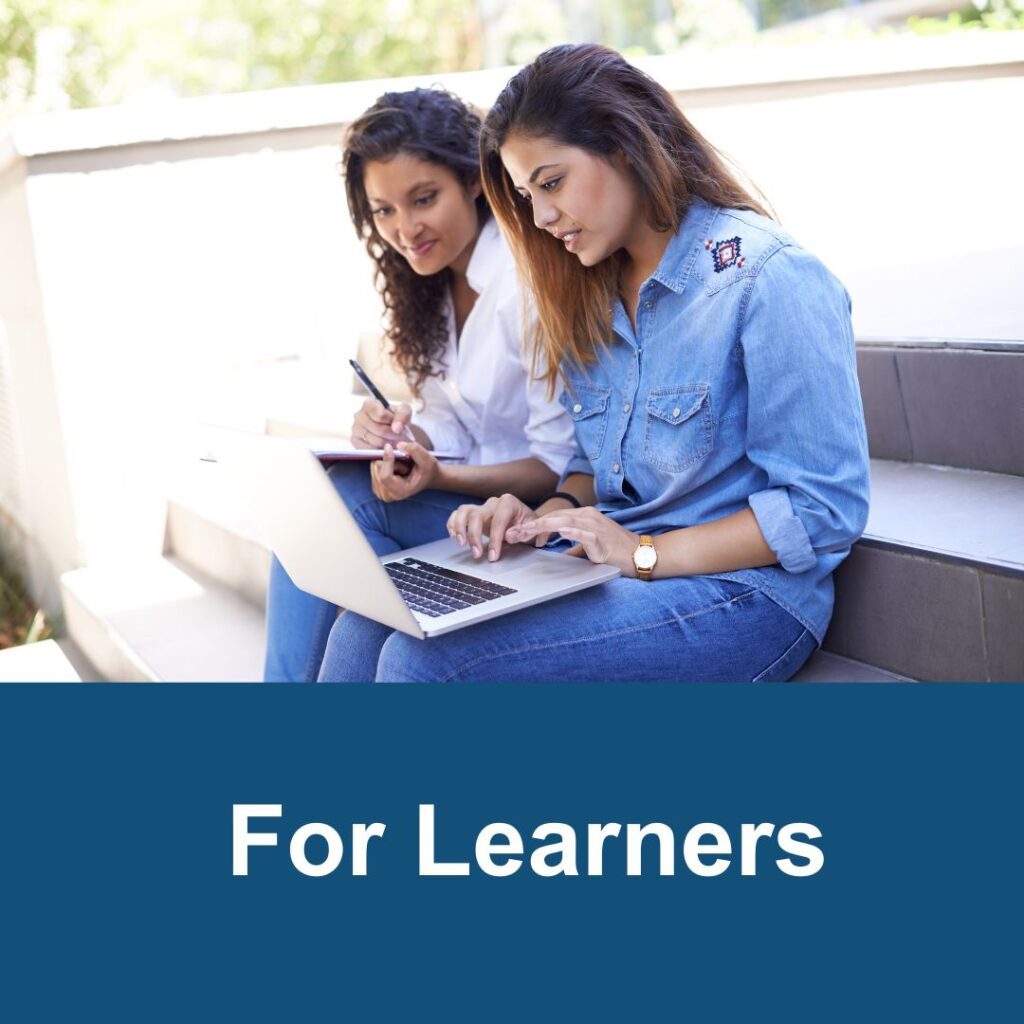The people behind ND in STEM – researchers, educators, caregivers, students, and other community members – are exploring the intersection of neurodiversity and STEM. Contributors to this collection share information to inspire inclusion, stories to demonstrate lived experience, and research to educate and inform the field.
Comments and reactions welcome at ndinstem@terc.edu.

This is the fourth blog post in a series of excerpts from Jodi Asbell-Clarke’s book, Reaching and Teaching Neurodivergent Learners: Strategies for Embracing Uniquely Talented Problem Solvers. It introduces Dennis, .
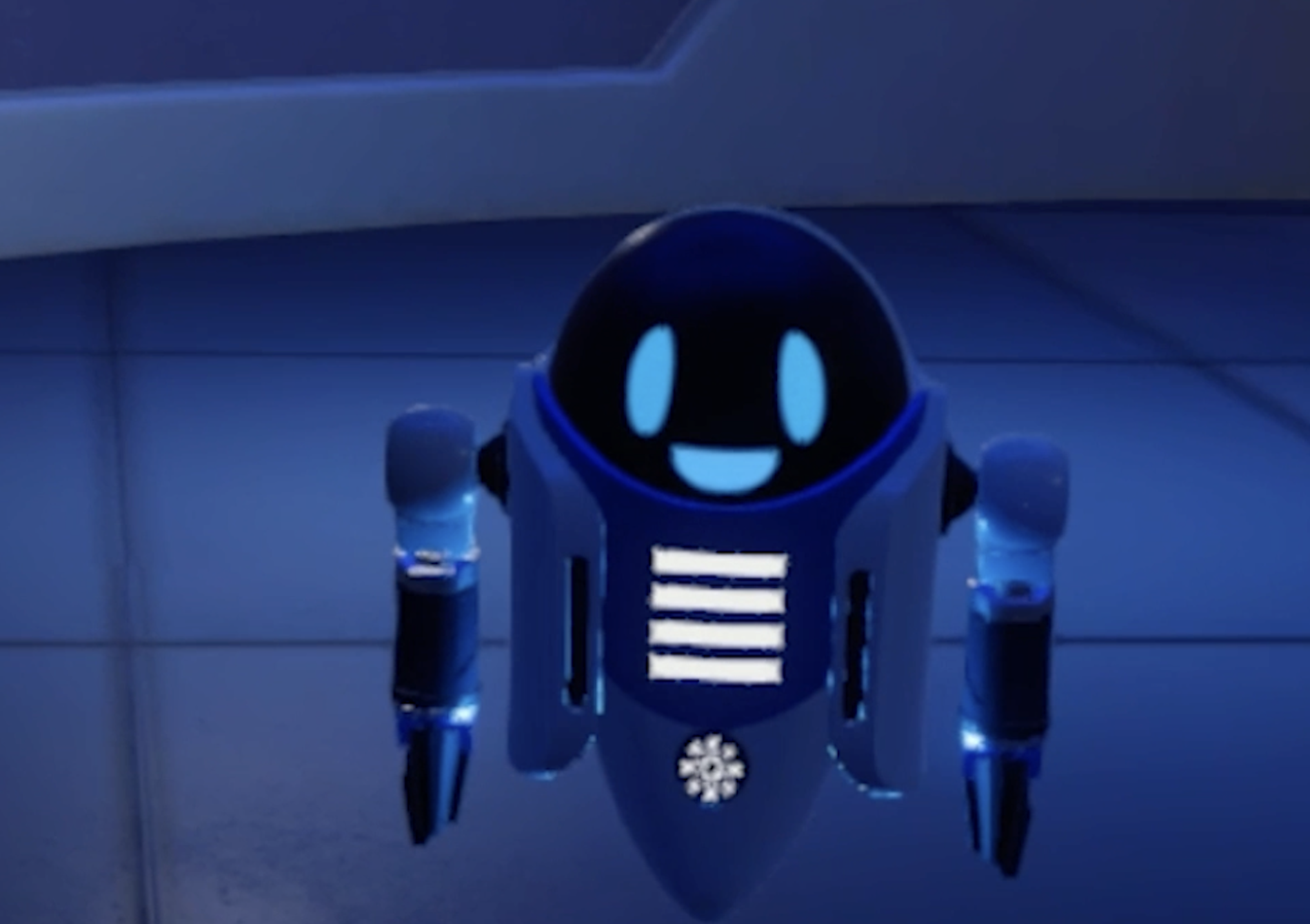
Teon Edwards explains a tool that helps learners explore what's science and what's science fiction in the VR experience Europa Prime.
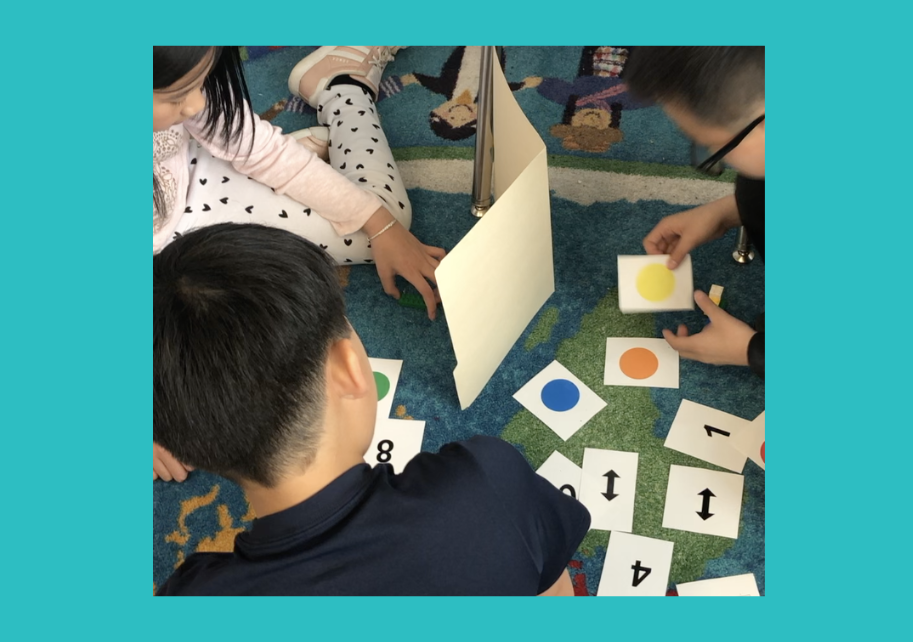
Teon Edwards, PI of Broadening Participation in Informal STEM Learning for Autistic Learners and Others through Virtual Reality, considers the use of specialized terms in STEM learning.
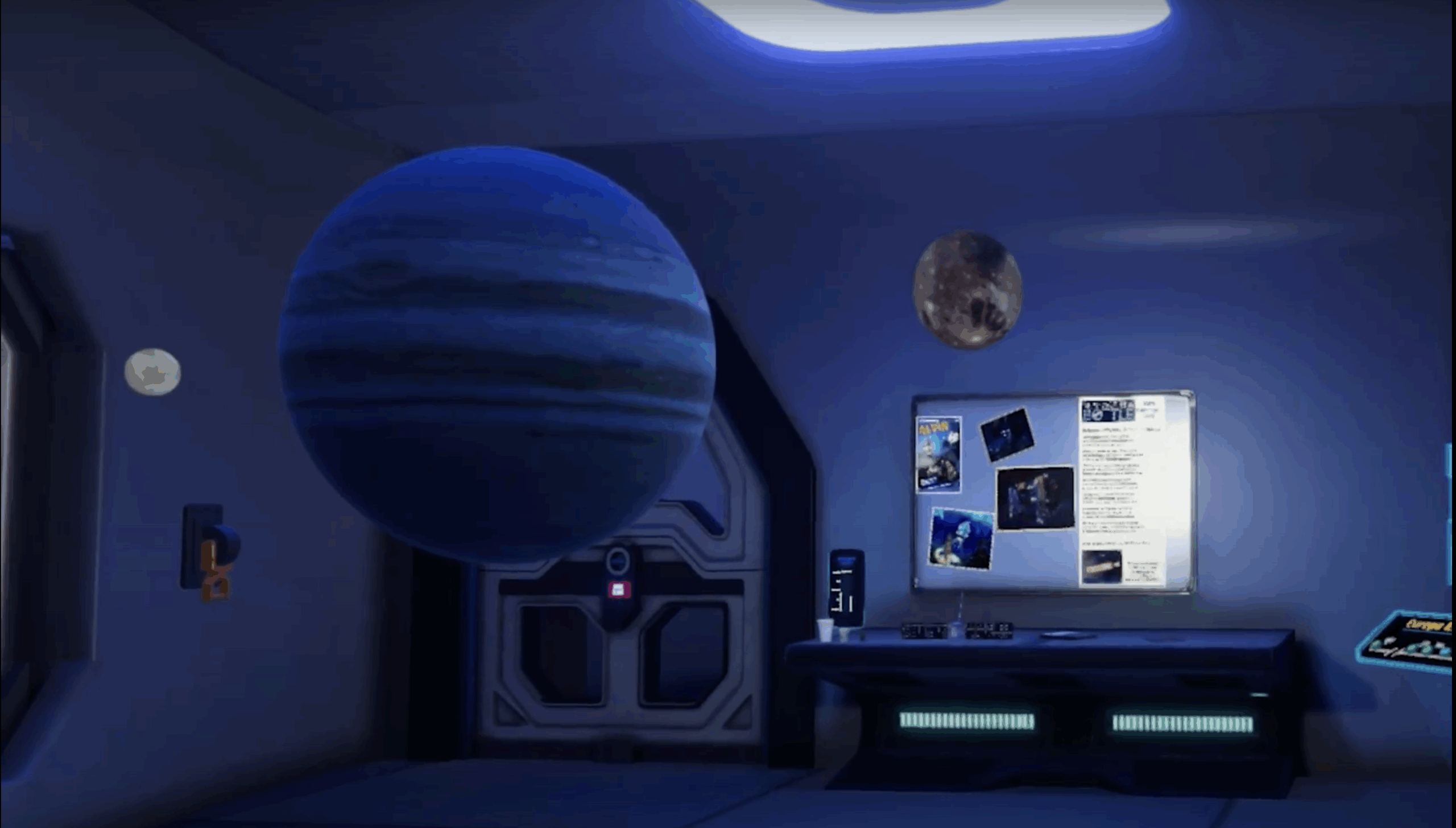
Teon Edwards, PI of Broadening Participation in Informal STEM Learning for Autistic Learners and Others through Virtual Reality, considers how to integrate a "red alert" into a VR experience for players with sensory sensitivities.
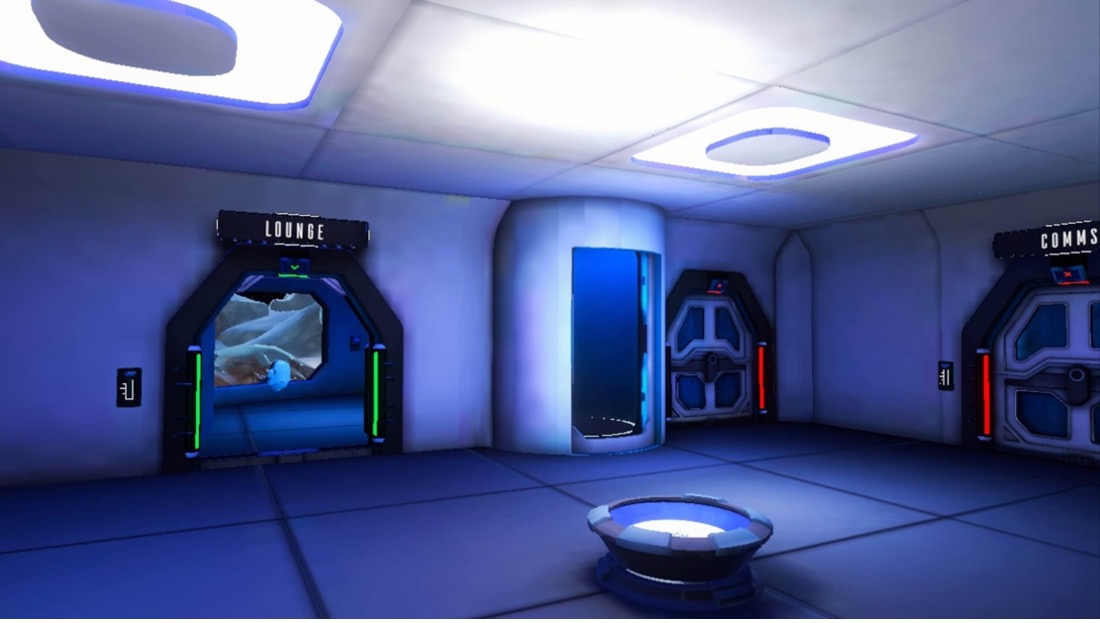
Teon Edwards, PI of Broadening Participation in Informal STEM Learning for Autistic Learners and Others through Virtual Reality, considers controlling VR game features to make the experience more comfortable.

Teon Edwards, PI of Broadening Participation in Informal STEM Learning for Autistic Learners and Others through Virtual Reality, describes encouraging metacognition in the game Zoombinis.
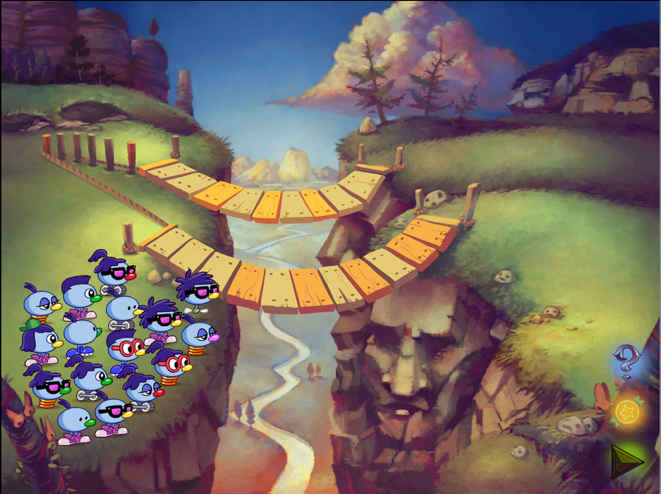
Teon Edwards, PI of Broadening Participation in Informal STEM Learning for Autistic Learners and Others through Virtual Reality, shares how a game tool provided a scaffold for success.
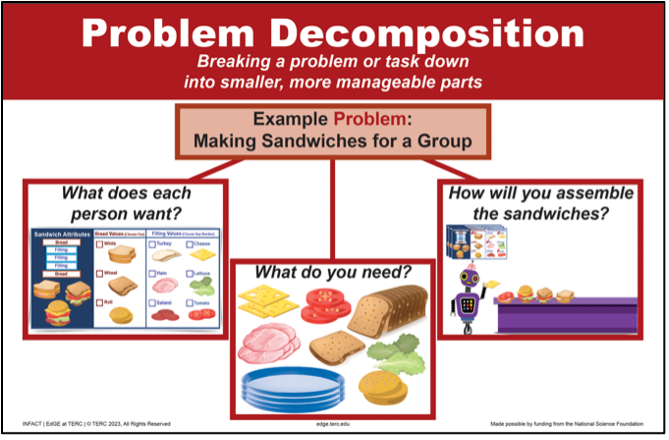
Teon Edwards, PI of Broadening Participation in Informal STEM Learning for Autistic Learners and Others through Virtual Reality, explains the thoughtful design of educational posters.
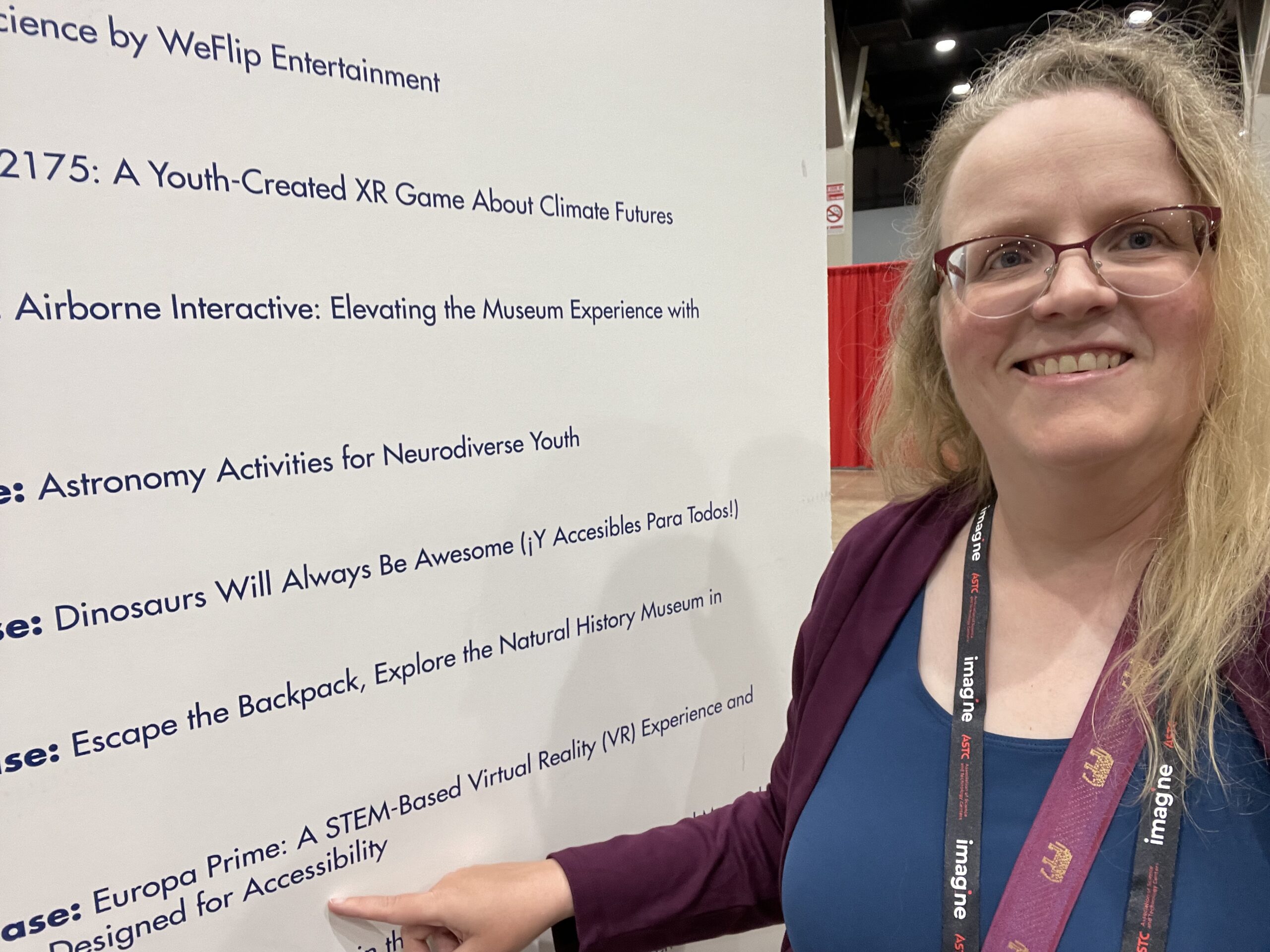
Teon Edwards, PI of Broadening Participation in Informal STEM Learning for Autistic Learners and Others through Virtual Reality, introduces herself and her blog series, "Design By, With, and For Neurodivergent Learners."

Teon Edwards, PI of Broadening Participation in Informal STEM Learning for Autistic Learners and Others through Virtual Reality, considers why politeness matters in communication.

This is the third blog post in a series of excerpts from Jodi Asbell-Clarke’s book, Reaching and Teaching Neurodivergent Learners: Strategies for Embracing Uniquely Talented Problem Solvers. It introduces Dr. Sara Seager, neurodivergent MIT professor.

Developer Tara Robillard shares strategies to support learners with who are challenged to “activate.”
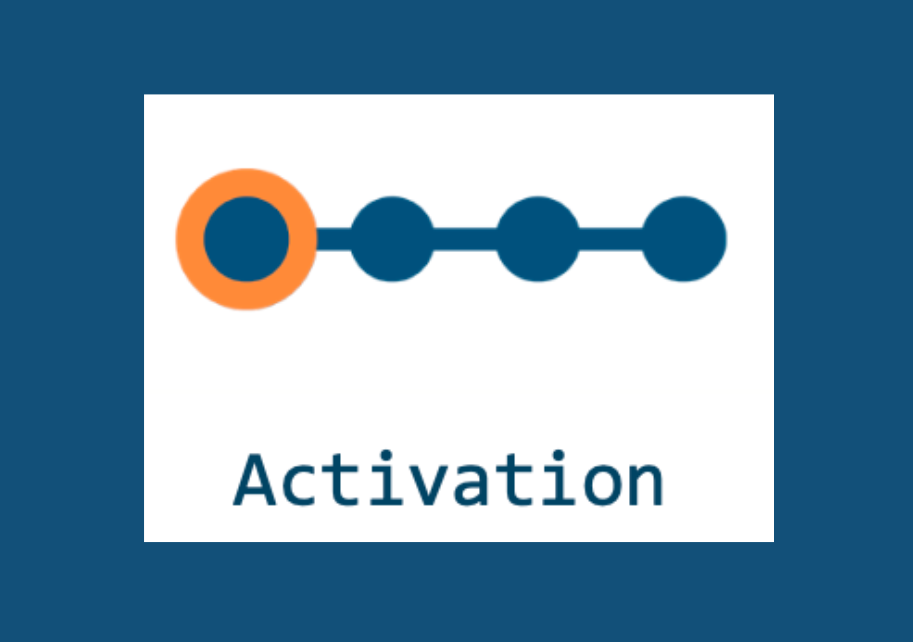
In this first of two blogs, developer Tara Robillard breaks down the brain science behind the executive function (EF) challenge of “activation.”
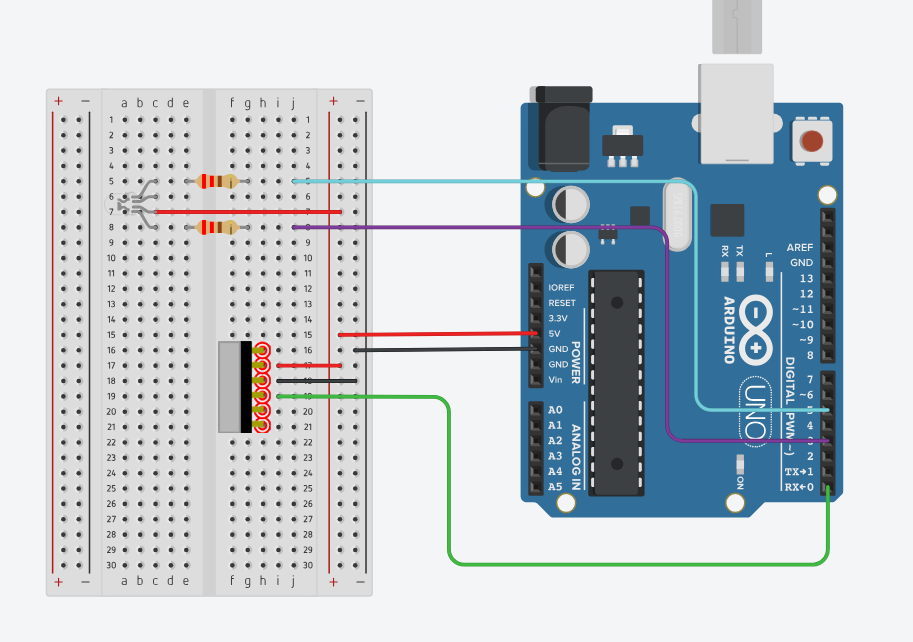
In this blog post, NeuroVivid co-designer Nick Bruzzese shares about his experience collaborating with the TERC team.

Teon Edwards, PI of Broadening Participation in Informal STEM Learning for Autistic Learners and Others through Virtual Reality, describes an answer to the question “What does neurodiversity look like?” It focuses on “look”, or visual, aspects of a project co-designing a virtual reality game.
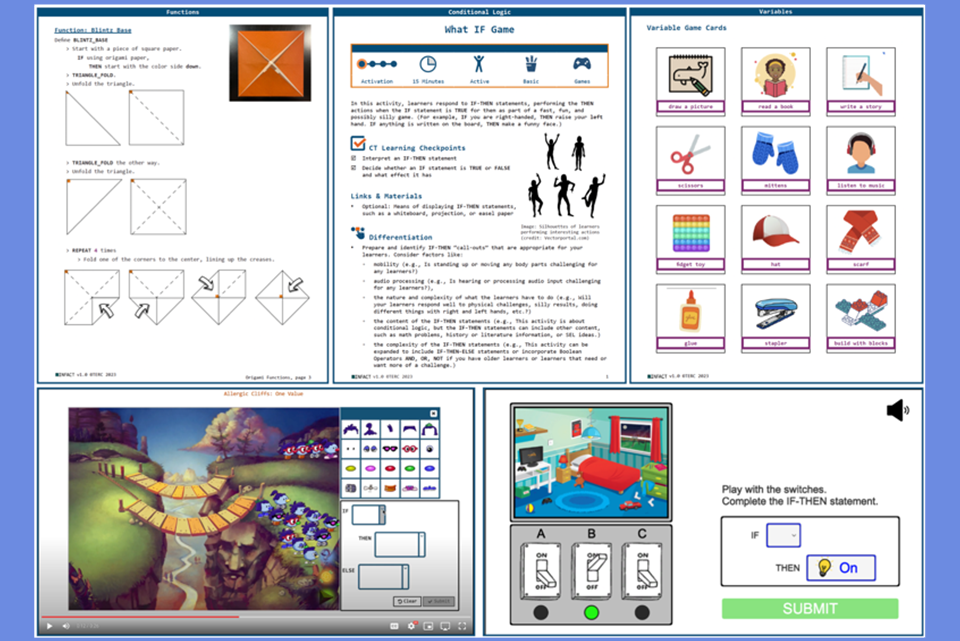
Many neurodivergent students have strong problem-solving skills, which are often masked by EF struggles like organizing thoughts, breaking down problems, and persisting through challenges. By embedding EF scaffolds, INFACT materials create a more accessible and inclusive learning experience to let those talents shine.
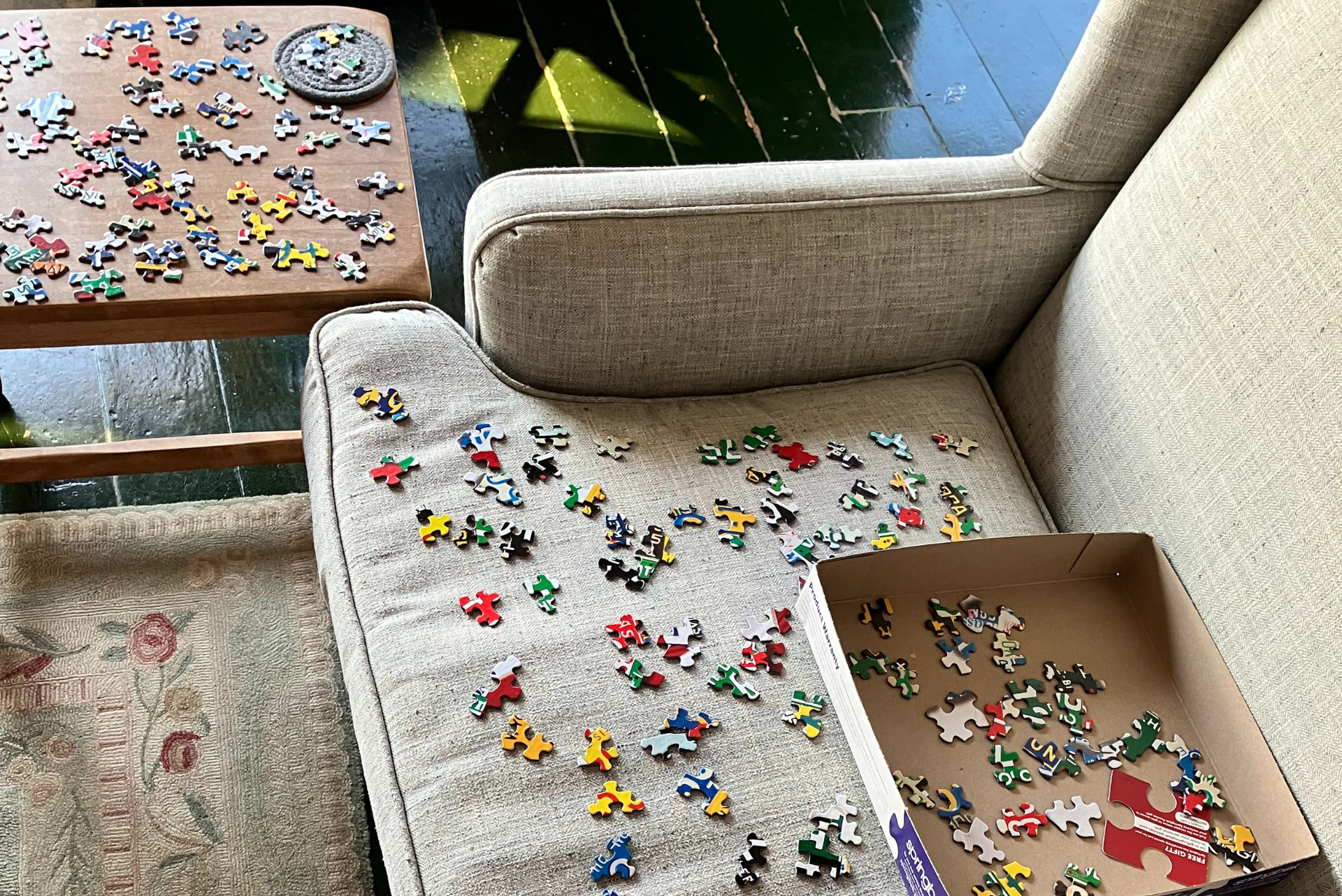
This blog post from parent and ND in STEM team member Kelly Paulson explores how we can, and should, include people with intellectual disabilities in STEM career fields.

This is the second blog post in a series of excerpts from Jodi Asbell-Clarke's book, Reaching and Teaching Neurodivergent Learners: Strategies for Embracing Uniquely Talented Problem Solvers. It introduces Caleb, an autistic 8th grade student.

High school student Sreenidi Bala shares her experiences actively encouraging inclusive education, including creating her platform Code for All Minds.
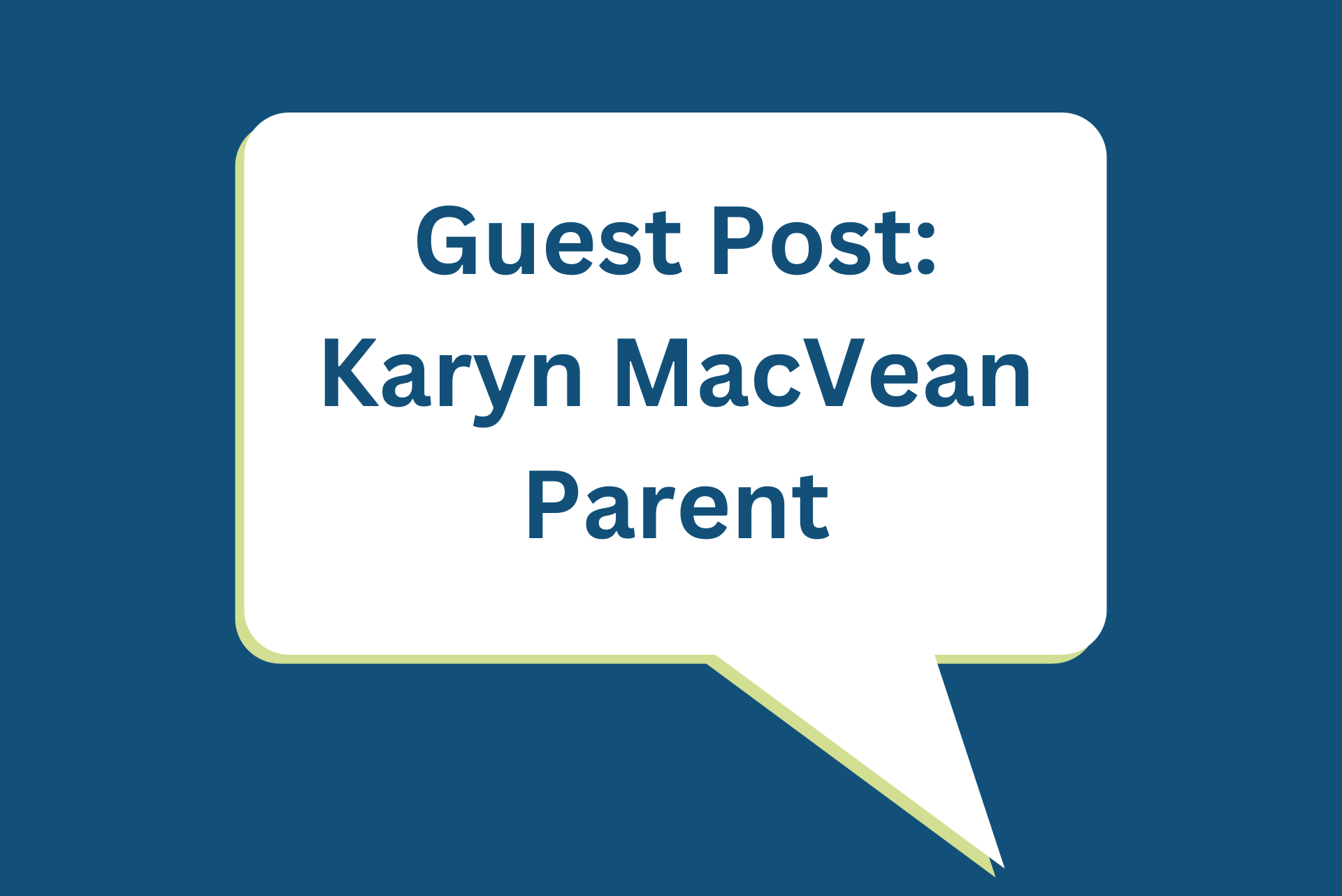
A letter from the parent of neurodivergent students whose school embraced their learning differences and encouraged them to succeed.
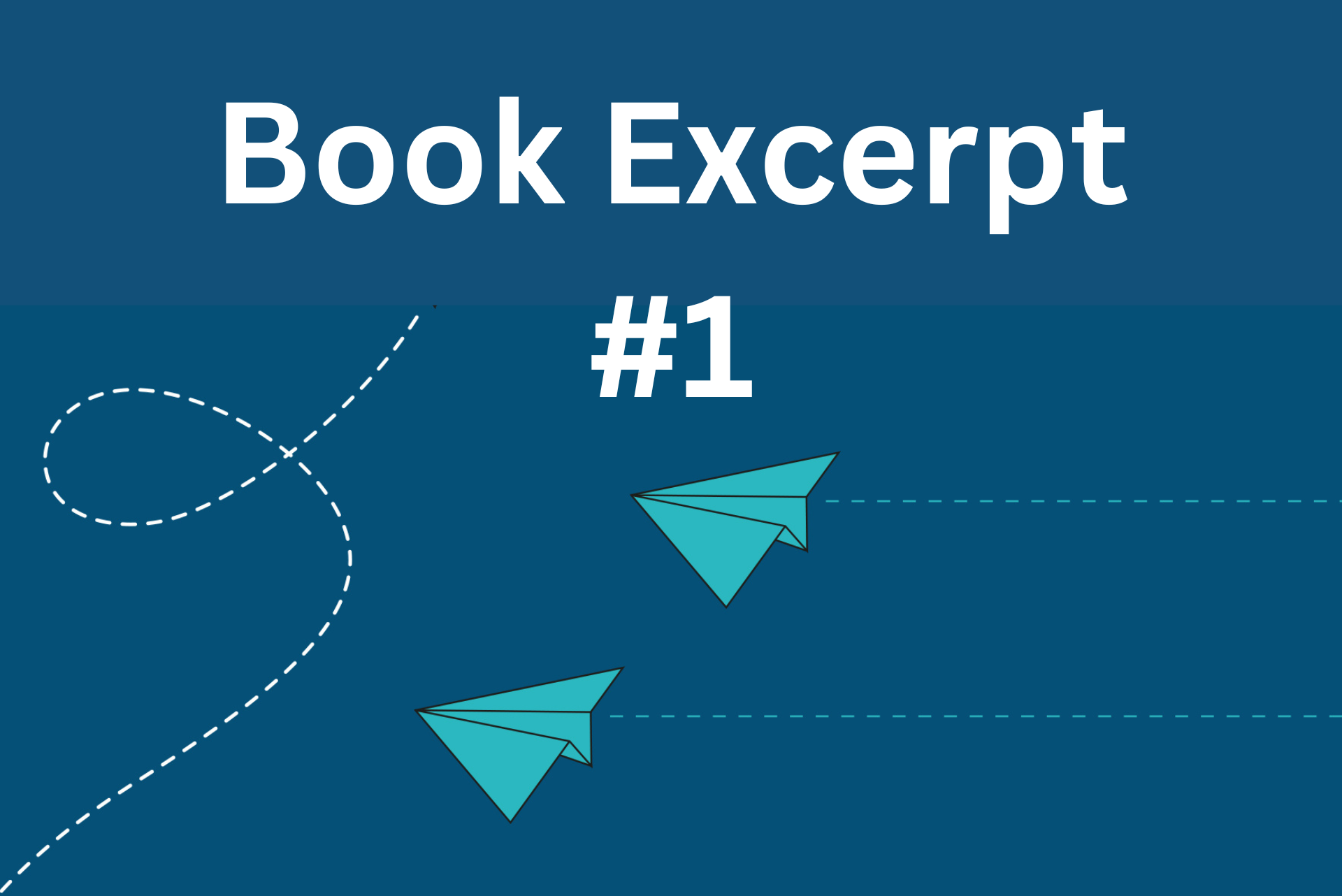
This is the first blog post in a series of excerpts from Jodi Asbell Clarke's book, Reaching and Teaching Neurodivergent Learners: Strategies for Embracing Uniquely Talented Problem Solvers. It introduces Jodi's experience meeting neurodivergent learners in Ms. Bradbury's classroom.
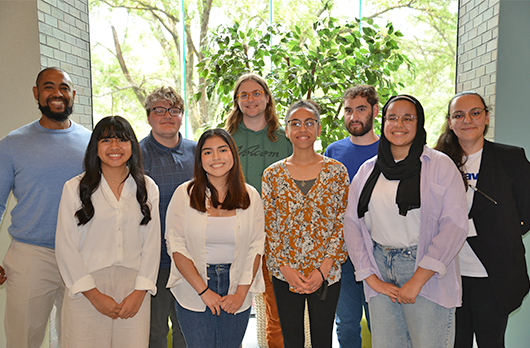
Learn more about this opportunity to conduct an independent STEM education research project this summer with TERC! Each project will have a particular focus on fostering equity in STEM and STEM education and enhancing transformative social justice.
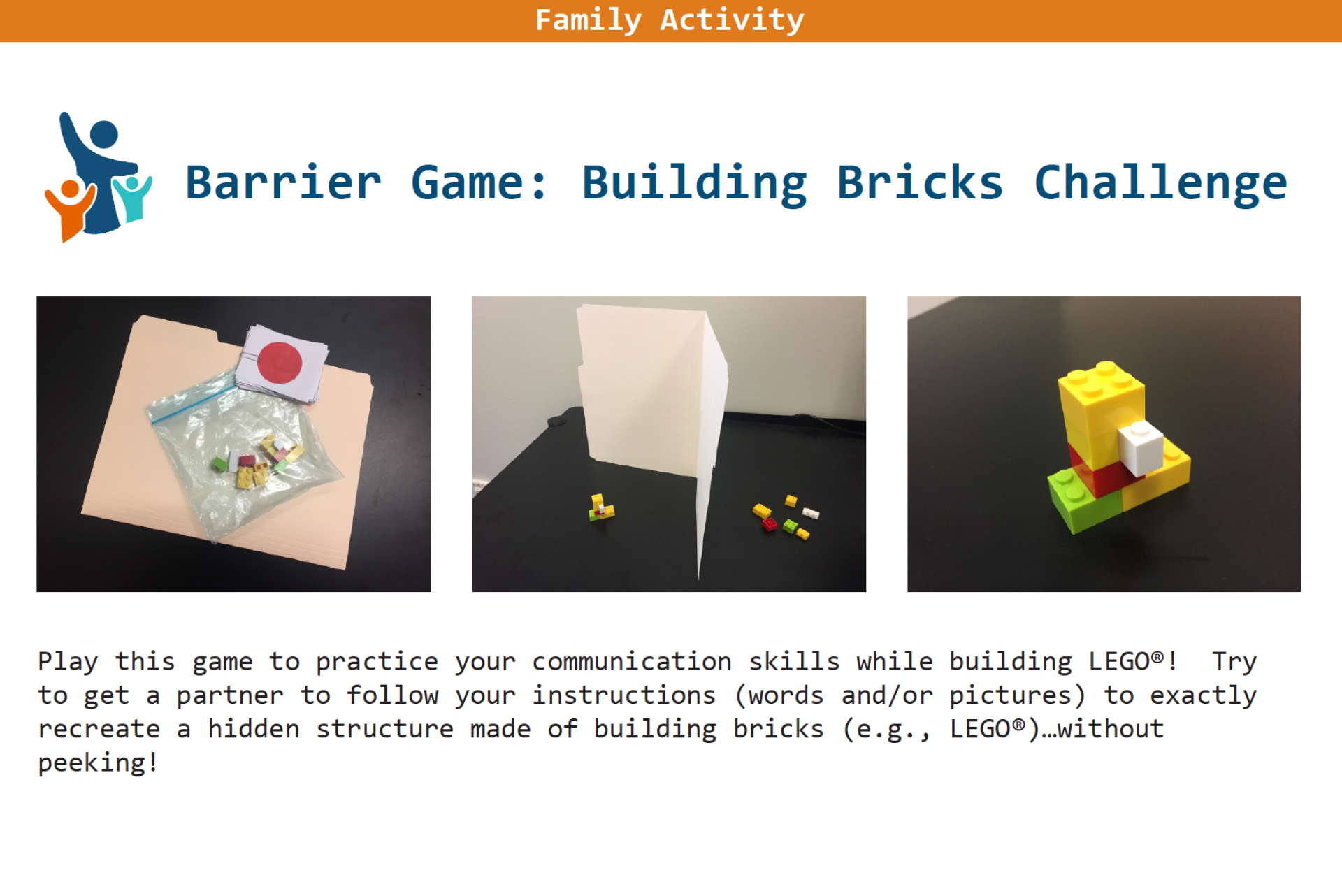
Links for families to download INFACT's Barrier Game and Jigsaw Puzzles activity.

A quick introduction to the benefits of neurodiversity in the STEM workforce, including hiring practices and stigmas faced by job seekers.
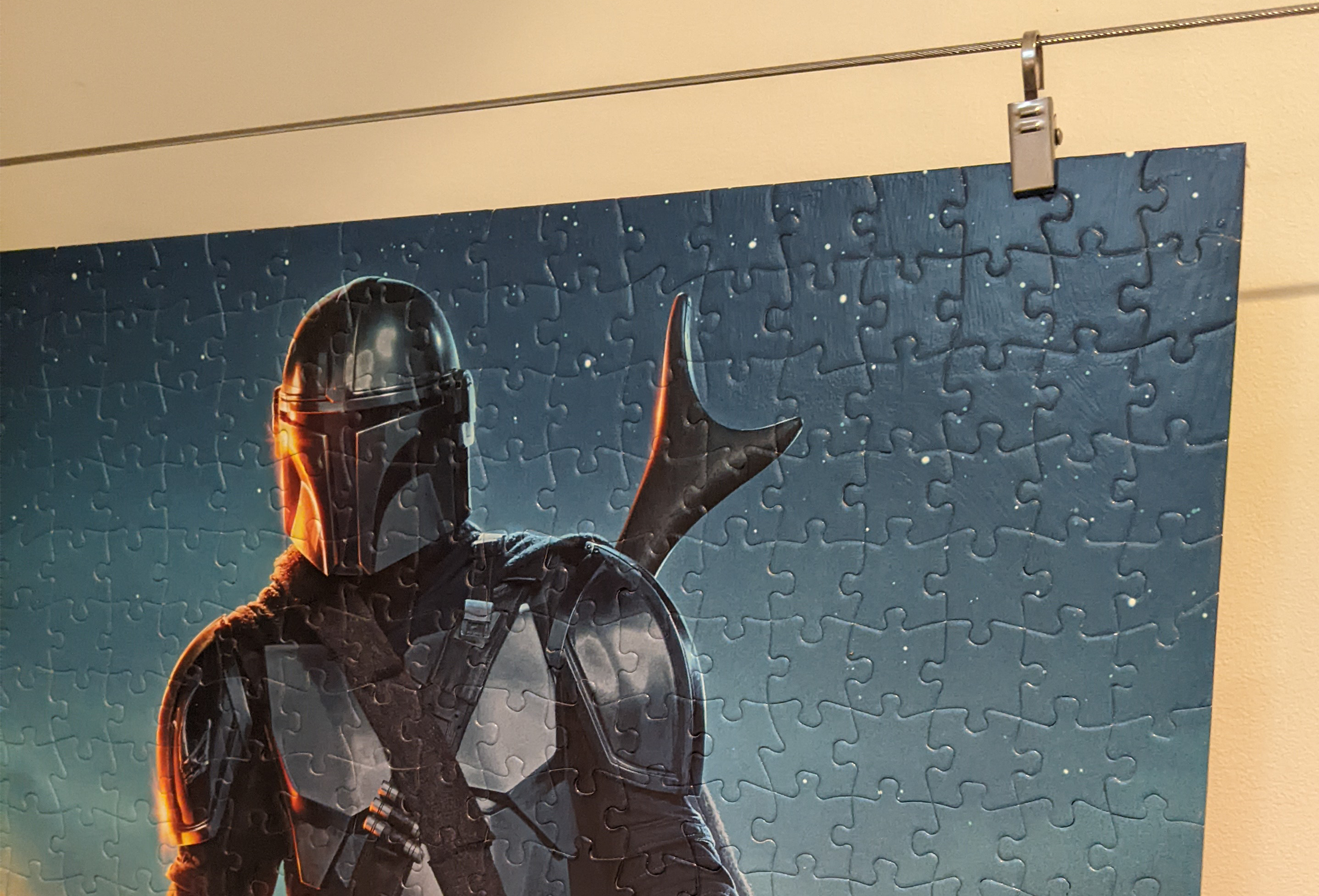
A mother's perspective on supporting the executive function of her neurodiverse child using puzzles and board games.

Educators understand more and more these days that each student’s brain works a little bit differently.
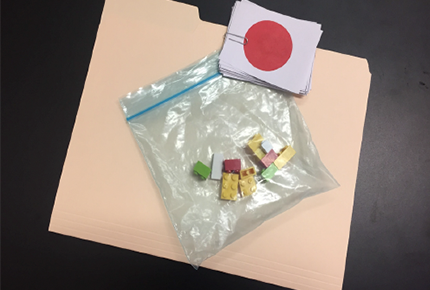
Applying science to enhance learning based on cognitive load theory.

This post advocates for including neurodivergent students when teaching STEM education. Neurodiversity recognizes brain differences and emphasizes assets over deficits.
FILTER BLOG POSTS






